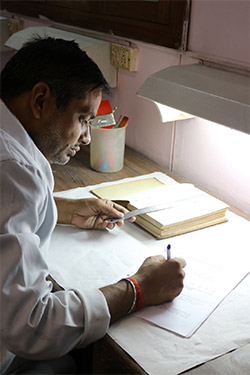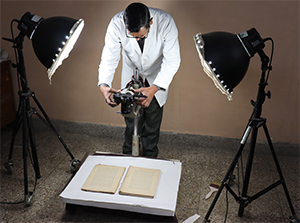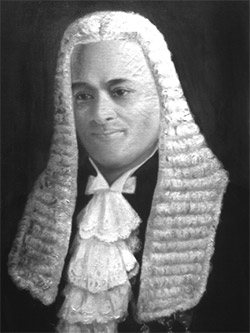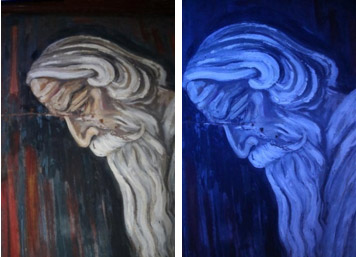Documentation

Documentation consists of written and pictorial record of examination, testing, sampling, scientific investigation and treatment of an object. Documentation is considered to be an integral part of conservation. It includes identification and description of each object, its association, provenance, condition, treatment along with photographic documentation. Each object in the laboratory is documented according to accepted professional standards. A thorough and detailed examination and documentation whether of any individual object, a library, a collection, a museum or of all the architectural elements within a city, state help to form a basic plan of conservation. The conservation projects thus executed are successfully accomplished with in the budget and given frame of time.
Examination and Photography

Scientific examination is intended to elucidate the nature of the original and added materials as well as to establish the state of conservation of the objects, renders, and support. The first step of any treatment protocol is a thorough examination of the object. The conservator often employs different techniques for the examination, including photographs taken in different light conditions such as raking, transmitted and normal light as well as UV and IR to examine the surface. Ph-meter, is used for measuring the acidity or alkalinity. It helps in deciding the material and techniques of conservation specially in paper and textile conservation.
Infrared Reflectography

This technique has long been used in the fields of art history and restoration. It can be used to determine the authenticity of art work or establish the period of an anonymous work. However, the most commonly used application in regards to painting analysis is the unmasking of under drawings. When the longer wavelength of infrared radiation penetrates the paint layer, the upper layers appear transparent. A special infrared camera captures the light reflecting off the surface of the painting. The resulting image, known as an infrared reflectogram, is digitized by a computer and appears as a black-and-white image on the computer monitor. The reflectography system is used to study oil paintings and illuminated paper objects at the laboratory.
Ultraviolet Fluorescence (UVF) and Ultraviolet Reflectography (UVR)

Invisible to the naked eye, UV radiation adjacent to the shorter wavelength region of the visible spectrum is used in examination of works of art, to detect alteration damages, identification of material used, identification of biological growth. With the help of this radiation one can detect later additions, retouching, surface coatings. Varnishes for example, fluorescence differently depending on their composition and age. Aged natural resin varnishes appear greenish yellow while newer synthetic varnishes may appear milky white to purple. Colour of fluorescence also gives an indication of composition and age of material.
Normal Light

Raking light involves illumination of object in such a way that the direction of light beam is at an oblique angle or almost parallel to surface. This reveals the topographic details and relief work of the surface. Transmitted light involves the light source placed behind the painting. The amount of light transmitted depends on thickness of layers and gives vital information on relative thickness, the building up of different layers. It also shows damage, loss or previous restoration.
Digital Mighty Scope

This digital microscope is small but mighty. It is a compact and user-friendly way to inspect, measure, capture images and share. An essential tool used by conservators working in the laboratory and especially in the field owing to its small size and easy handling. The useful feature of the magnification is 10x-50x, 200 of the actual size enlarge.
PH Meter
A pH meter is an instrument used to measure acidity or alkalinity of a solution – also known as pH. pH is the unit of measure that describes the degree of acidity or alkalinity. It is measured on a scale of 0 to 14. A pH meter consists of a voltmeter attached to a pH-responsive electrode and a reference (unvarying) electrode.
The pH measured further helps in deciding the material and techniques of conservation. The pH and conductivity meters are used to test paint surfaces and to formulate customized aqueous cleaning solutions. The readings are then used to formulate isotonic aqueous cleaning solutions, which are adjusted to the approximate pH and conductivity of the paint films and paper supports.
Conservation Assessment
The conservation assessment is a study of all of the institution’s collection, building and building system, as well as its procedures relating to collection care. It is often a first step for small institutions that wish to improve the condition of their collection. The assessment involves a site visit by conservators. The assessors then prepare a comprehensive report that outlines recommendations for improving collection care.
Under the service provided by ICI, Lucknow, detailed project report, conservation assessment proposal, technical report, preliminary report of damaged artifacts, that are in alarming stage of deterioration in museums, archives, libraries or any personal collection, can be prepared once a request is send from the authority.









